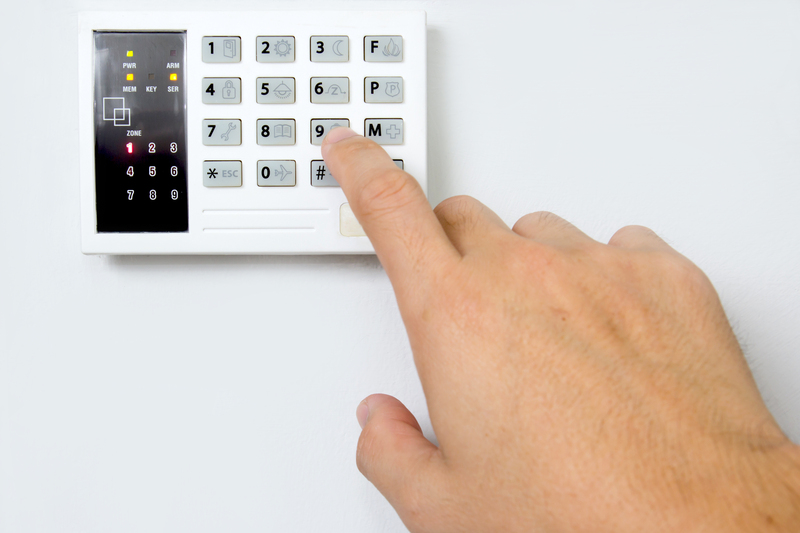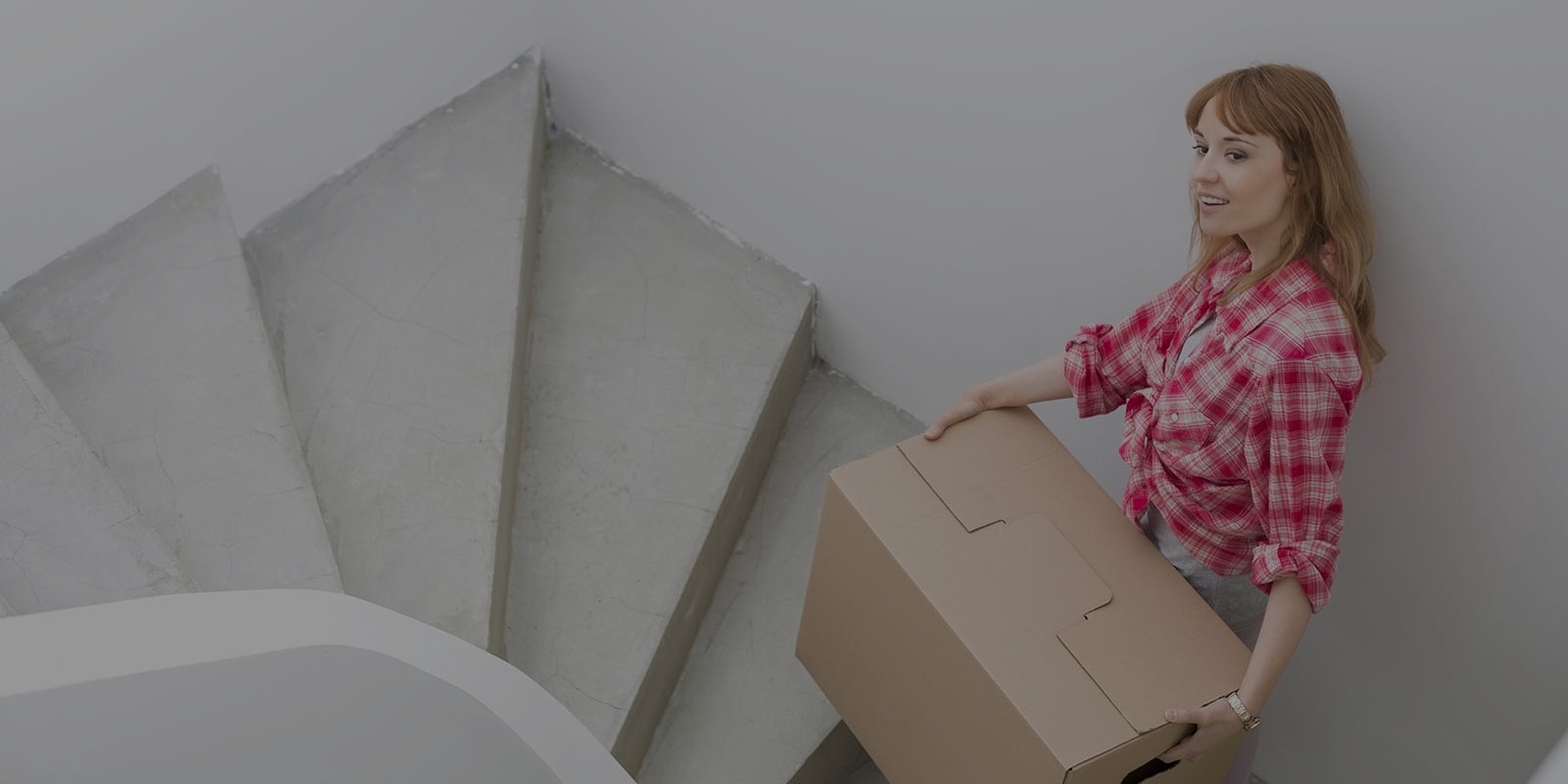The Intricacies of Piano Moving: A Task for Experts
Posted on 22/05/2025
The Intricacies of Piano Moving: A Task for Experts
Understanding the Complex Art of Piano Moving
Pianos are not only beautiful and enchanting musical instruments but also remarkably intricate, delicate, and heavy. Whether it is an upright, grand, or baby grand, moving a piano is a task fraught with challenges and risks. While many people consider moving possessions a basic endeavor, piano moving involves specific knowledge, specialized equipment, and a considerable amount of expertise. In this comprehensive article, we will delve deep into the intricacies of piano moving, exploring why only professionals should handle the job, what sets expert piano moving companies apart, and how this process safeguards both the instrument and property.

Why is Moving a Piano So Difficult?
At first glance, a piano may seem sturdy and robust, but beneath its polished exterior lies a delicate mechanism crafted with precision. Here are some reasons why piano moving is a specialized task:
- Pianos are extremely heavy and awkwardly shaped, with weights often exceeding 600 pounds for upright pianos and up to 1,200 pounds or more for grand pianos.
- The weight is not distributed evenly; it is concentrated in the cast-iron frame that holds the tension of the strings.
- Internal components--including the action, strings, hammers, and soundboard--are fragile.
- Incorrect handling can easily damage both the instrument and the property, such as floors and doorways.
These challenges mean that moving a piano is not a job for just anyone with a truck and a dolly; it is, in fact, a task for experts.
The Physical Structure of a Piano
The construction of a piano is a fascinating blend of engineering and artistry. Understanding its structure is critical to appreciating the complexities of piano moving:
- Over 10,000 moving parts, with precise alignment and tension required for proper sound and playability.
- Materials range from delicate felt and wood to heavy cast iron.
- Exposed to fluctuating humidity and temperature, which can warp or crack important components.
This intricate build means that even a minor jolt can impact the instrument's integrity--one more argument in favor of hiring an expert piano moving service.
Professional Piano Movers: Masters of Their Craft
What distinguishes a professional piano mover from a standard moving company? Specialized piano movers possess unique skills, tools, and experience, ensuring a seamless process from start to finish.
Specialized Equipment Used in Piano Moving
Moving a piano safely requires more than manpower:
- Piano Dollies: Heavy-duty wheeled platforms designed to support the instrument's weight securely.
- Padding and Blankets: Thick, protective materials wrap the piano to prevent scratches and impact damage.
- Straps and Harnesses: Used to stabilize the piano and provide movers with safe, controlled handling.
- Ramps and Skid Boards: Essential for navigating stairs and uneven surfaces without risking damage.
Piano moving professionals are trained to select the right equipment and techniques for every unique situation, from tight spiral staircases to narrow hallways.
The Step-by-Step Process of Expert Piano Relocation
Professional piano movers follow a careful process to protect both the instrument and the property during the move:
- Assessment: Before moving begins, the team examines both the piano and the pathways at the origin and destination, noting narrow doors, stairs, and sharp angles.
- Preparation: Movers protect floors, remove obstructions, and detach parts such as the pedal lyre, music stand, or legs (on grands).
- Packing: Heavy quilts and padding are tightly secured, and fragile edges are further protected.
- Securing: The piano is fastened to a dolly or skid board with industrial-grade straps.
- Transport: Using ramps or lifts, the team carefully navigates stairs and narrow spaces, coordinating movements to avoid bumps and jolts.
- Vehicle Loading: The piano is loaded onto a truck equipped with climate control or suspension for safe transport.
- Unpacking and Placement: At the new location, the piano is placed exactly as instructed, often requiring disassembly and reassembly.
At every step, precision and care are imperative to avoid damage that could lead to costly repairs or loss of sound quality.
Risks of DIY Piano Moving
With countless online videos and step-by-step guides, it's tempting to think that moving a piano is a do-it-yourself project. However, attempting this without the right training and equipment poses serious risks:
- Injury: Lifting hundreds of pounds without proper technique or tools can result in back injuries, crushed fingers, or worse.
- Instrument Damage: A single drop or scrape can crack wood, disrupt internal parts, or break the pedal mechanism.
- Property Damage: Floors, stairs, and walls are all vulnerable to gouges, dents, and scratches.
- Voided Insurance: Homeowner's insurance policies may not cover self-inflicted damage to expensive instruments.
Choosing a qualified piano moving service ensures peace of mind and preserves the value and integrity of your prized instrument.
How to Choose the Right Piano Moving Company
Not all moving companies are created equal, especially when it comes to piano moving expertise. Here's what to look for when hiring professionals:
Key Factors in Selecting an Expert Piano Mover
- Experience: Look for movers who have extensive experience in handling different types and sizes of pianos.
- Equipment: Ensure the company uses specialized gear such as piano skids, dollies, and heavy-duty padding.
- Insurance: Verify adequate liability coverage for both property damage and instrument protection.
- References: Check customer reviews and ask for references from previous clients.
- Transparent Pricing: A professional company will provide clear, up-front quotes, detailing potential additional fees.
Don't hesitate to ask questions about their procedures and policies--after all, this is the safety of your cherished instrument.
The Cost of Piano Moving: An Investment in Peace of Mind
While the price of expert piano moving services may seem high compared to a generic move, this cost is justified by the skill, time, and equipment involved. Factors influencing the price include:
- Type of piano (upright, baby grand, concert grand)
- Distance of move (local or long-distance)
- Complexity (staircases, tight spaces, disassembly required)
- Additional services (storage, climate control)
In the long run, investing in professional piano transportation can save thousands in potential repairs and lost value.
Piano Storage and Long-Distance Transport
Sometimes circumstances require a piano to be stored or moved across significant distances. Expert piano movers offer climate-controlled storage facilities to protect against extreme temperatures and humidity, both of which can wreak havoc on wooden and felt components. For cross-country or international piano moving, professionals coordinate comprehensive logistics, including:
- Custom crating for additional protection
- Climate-controlled shipping containers
- Insurance coverage tailored for high-value items
- End-to-end tracking and communication
This attention to detail ensures even the most valuable concert or antique pianos arrive at their destination in pristine condition.
Piano Tuning and Maintenance After a Move
After any move, even with the utmost care, a piano will need some post-transport attention. Changes in temperature, humidity, and movement can affect both tuning and internal stability. Expert piano movers often recommend:
- Letting the piano acclimate for several days after the move before having it tuned or serviced
- Scheduling a professional technician to inspect and tune the instrument
- Checking for any minor cosmetic or functional issues
A consistent maintenance routine will keep your instrument in exceptional playing condition for years to come.

Frequently Asked Questions About Piano Moving
1. Can movers move a piano upstairs or downstairs?
Yes, specialist piano movers are trained to carefully maneuver pianos up and down flights of stairs using skid boards, ramps, and multiple movers for safe handling.
2. How long does it take to move a piano?
The time varies depending on piano size, location logistics, and distance, but professionals usually complete a local move in two to four hours.
3. What happens if the piano is damaged during the move?
Reputable piano moving companies carry specialized insurance that covers any accidental damage to the instrument or property during the move.
4. Why is climate control important in piano storage and moving?
Pianos are sensitive to changes in temperature and humidity. Climate-controlled environments prevent cracking, warping, and deterioration of wood and felt components.
5. Is tipping piano movers standard?
Tipping is appreciated but not required. If you feel the team did an exceptional job, a tip is a nice way to express your satisfaction.
The Takeaway: Piano Moving Is a Job for Specialists
Moving a piano is a unique and highly specialized task that should always be entrusted to skilled professionals. Whether you are relocating an upright, a family heirloom baby grand, or a majestic concert piano, expert piano moving services offer peace of mind, protect your investment, and preserve musical magic for generations to come. Don't leave anything to chance--ensure your piano receives the expert care it truly deserves.
- Trust experience and skill: Professionals use the right tools, methodical processes, and protective materials to guarantee safety.
- Invest in the instrument's future: A safe move today means many more years of music and memories tomorrow.
For anyone contemplating piano relocation, remember: The intricacies of piano moving are best navigated by experts. Accept nothing less when it comes to safeguarding your musical treasure.



_result.jpg)



